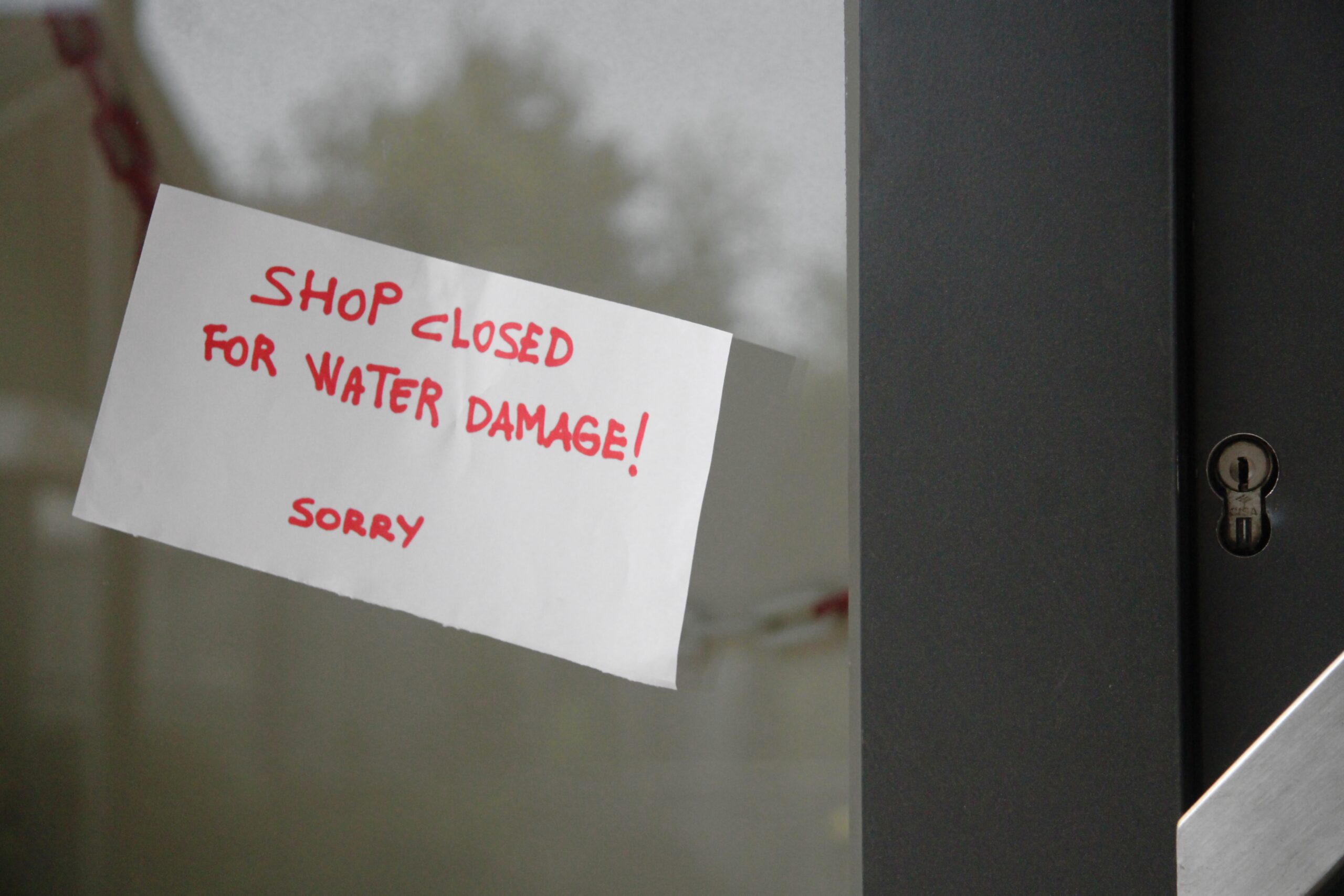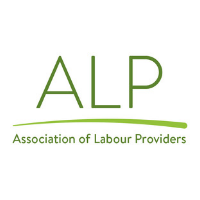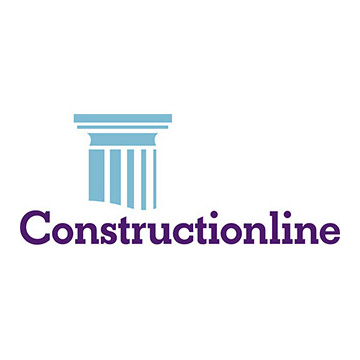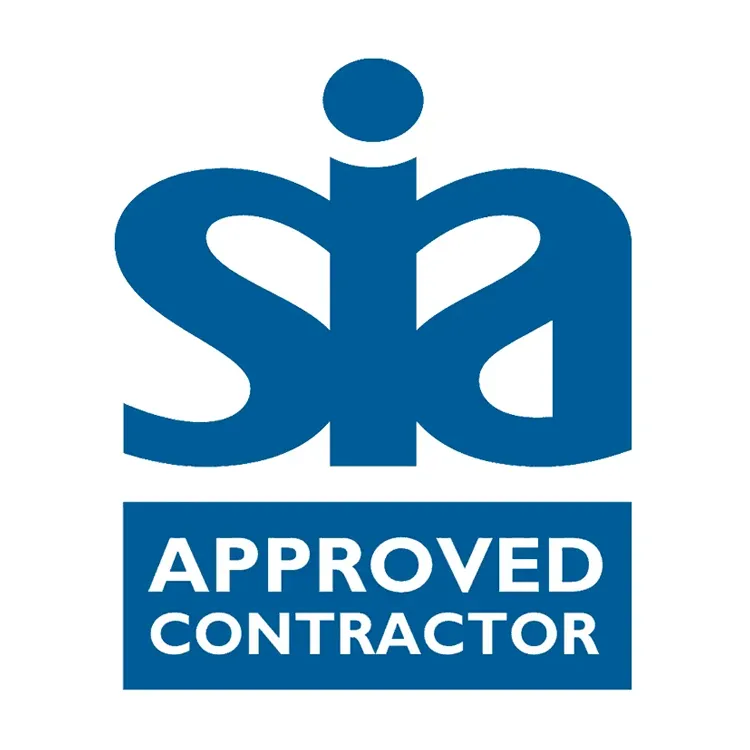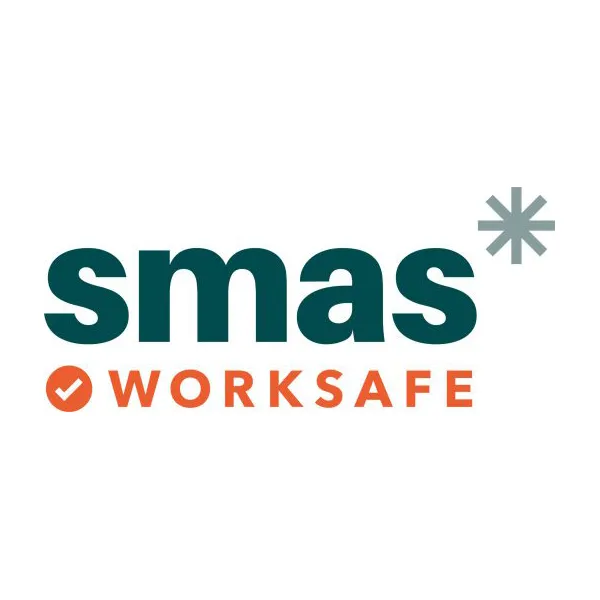Share This Article
When business owners talk about the ‘costs of recruitment’ they are not necessarily referring to the price of advertising or how much it costs to hire a recruitment professional. The main cost comes from the impact of getting it wrong.
Hiring a new recruit includes the necessary time spent selecting candidates who are not only qualified, but the right company fit, shortlisting and interviewing those candidates, going through HR formalities and onboarding, then finally training them up to full speed. Resources which can take up an enormous amount of time.
Worse still, if you then find you have the wrong person for the job, you have to start the process all over again. This will double the time, double the cost and double the pressure on your resources. In conclusion, hiring managers are expected to get this right first time around.
To help get you started, we’ve put together a list of key considerations you need to make when recruiting candidates, regardless of the type of job or the specific skills required.
1. Understand your needs
The first thing you need to do is write a detailed job specification, which clearly defines what the job is and what’s required of the person filling that position. This should be agreed with all the key stakeholders in the business, such as line managers and human resources personnel.
Next, prepare a job profile. This is a list of attributes you would want in your ideal candidate. Ask yourself, what skills and qualifications would this person have? What motivates them? What values do they share with the company they’re applying for?
Building an ideal job profile enables you to prepare a checklist of key attributes which you can later compare against the candidates you interview.
2. Let’s Talk Advertising
Now that you have an idea of the type of candidate you’re looking for, you’ll need to prepare a job advert that attracts this talent. Keep it short and concise but make sure it highlights all the important details. Here’s how:
Mention company perks, benefits and potential bonuses, as well as an overview of what will be expected from candidates, if selected for employment. Use a language and tone that will resonate with your target audience to ensure key information is clearly conveyed.
Finally, you should choose an advertising platform that will expose your job ad to the type of people you need to recruit. This could be online, on social media, in a newspaper, in a trade magazine or at a job centre. You might event want to use employee referrals, or you can use university and college campus noticeboards, if you’re searching for new graduates or apprentices.
Essentially, make sure your advert is in the right place to get seen by the people you want applying for your role.
3. Screening & supporting applicants
If you’re expecting a high volume of applicants, you may want to consider putting automated processes in place to help manage recruitment operations.
This could include:
- Implementing an AI-powered system to automatically screen CVs, ranking the most suitable candidates based on your specific role requirements
- Using chatbots to handle initial applicant queries, keeping the process moving smoothly without adding extra strain on your team
💡Top Tip: You could even use AI tools from the start of your process to refine job ad wording, helping you to attract better-fit candidates from the get-go
Either way, these tools aren’t just about saving money, they can significantly reduce the time it takes to identify and move forward with top-quality applicants.
4. The interview process
Interviews should have a clear structure to ensure you get the most out of each candidate. A CV only tells part of the story, so asking the right questions is key to identifying whether someone is truly the right fit for the role.
Here are a few ways to make your interviews more effective and insightful:
- Incorporate aptitude tests – These help assess a candidate’s skills, understanding, and how they might perform in real work scenarios.
- Ask professional yet personal questions – This makes candidates feel comfortable and valued, and may reveal additional transferable skills or experiences they bring to the table.
- Get to know the person behind the CV – Explore their values, career goals, approach to teamwork and work ethic. You’re not just hiring for skills, but for long-term potential and cultural fit.
💡 Top Tip: Always leave time at the end for candidates to ask their own questions. It will give insight into how well they’ve prepared and whether they’re seriously considering the role or not.
The goal is to create an environment where candidates can perform at their best, so you can truly understand their capabilities, mindset, and potential within your team.
5. Final Selection & Next Steps
After completing interviews and evaluations, it’s time to make a final decision. If a standout candidate emerges, ensure to validate your choice by discussing with relevant stakeholders and reviewing their performance against your original job profile.
Before making final offers, take a moment to dot the i’s and cross the t’s by carrying out necessary checks. This may include checking professional references, reviewing previous employment history or conducting a quick audit of their online presence if relevant to the role.
Once you’re confident in your decision, act quickly! Reach out and make the offer. This proves to candidates that you’re serious about wanting them as part of your team and prevents losing them to other opportunities.
We’re here to help
Let’s be frank—it’s a lot to manage when HR and hiring teams are already juggling critical workloads.
That’s where recruitment professionals come in
At CSA Recruitment, we offer a start-to-finish recruitment process that takes the pressure off your team. Our experienced recruiters don’t just lighten the load—they focus on finding the right candidates for your business, helping you reduce hiring costs and setting your team up for long-term success.
Get in touch with our team to today to get started today.
Further Reading


